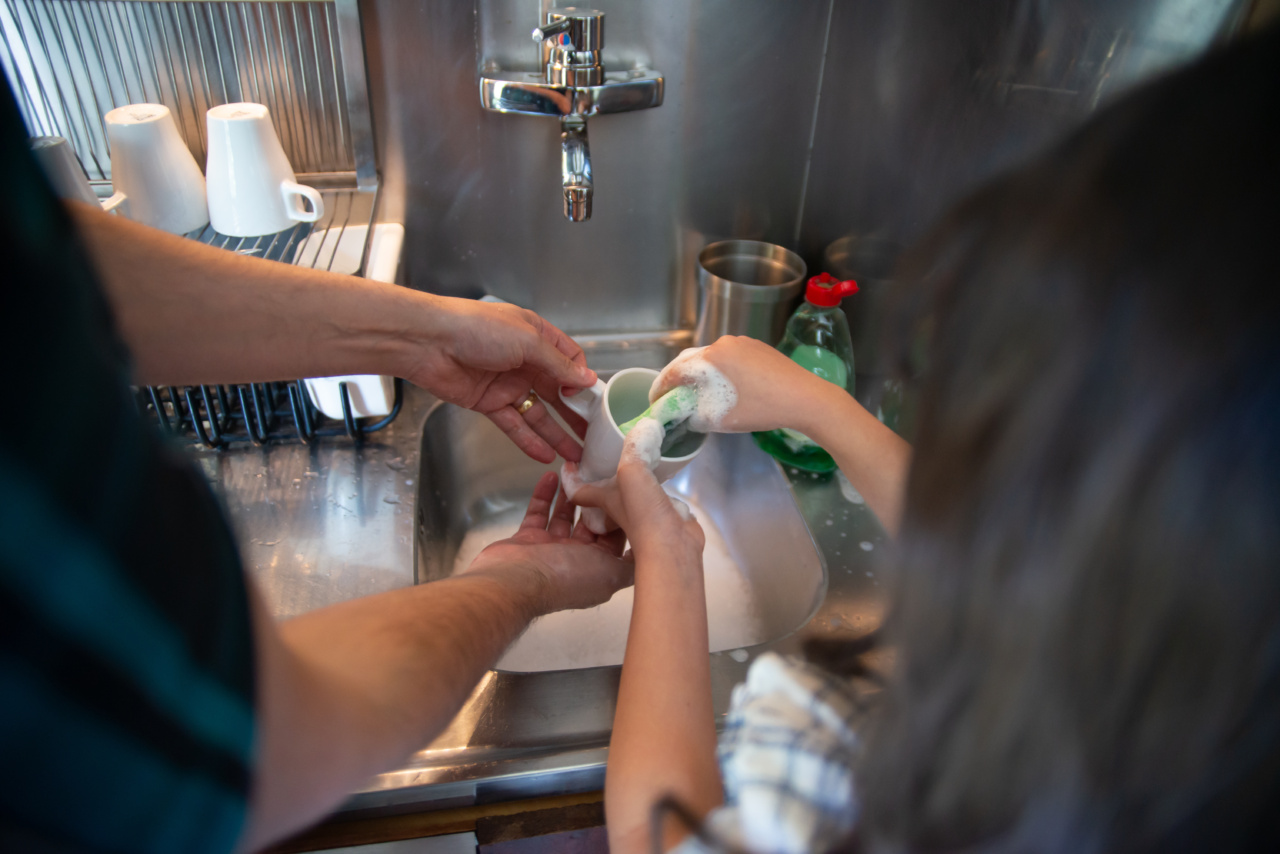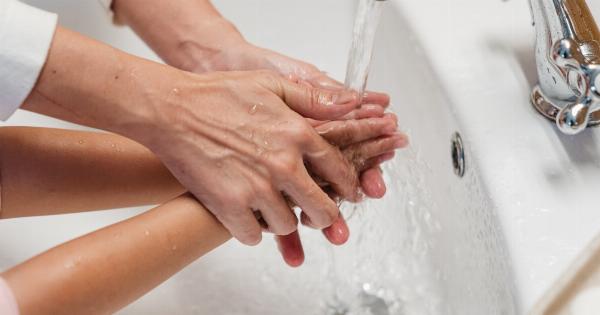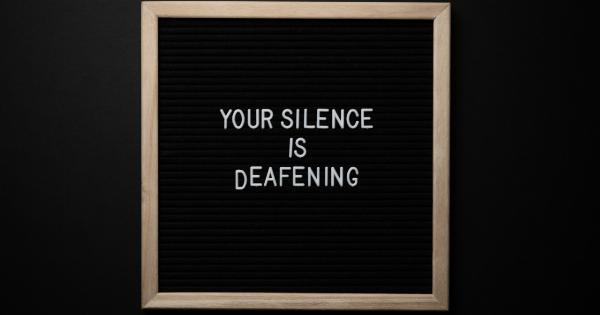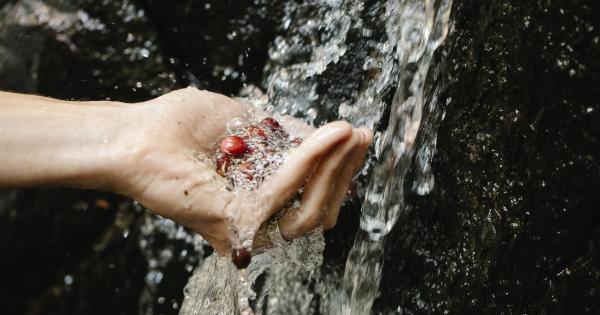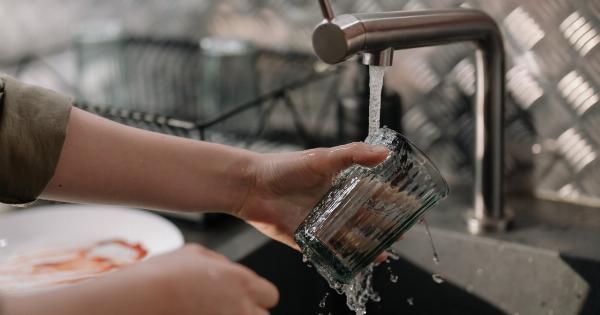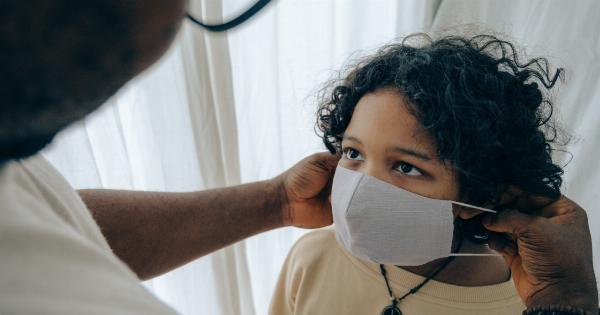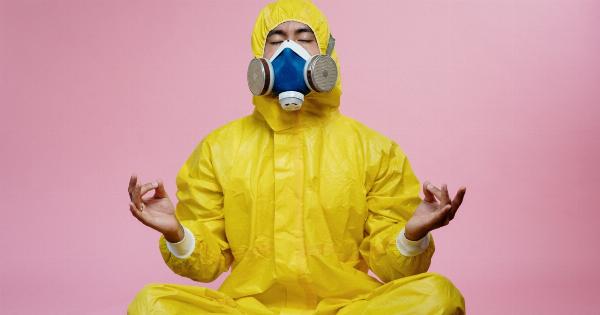Hand washing is one of the most important and basic habits that we can teach our children. It is a habit that promotes good health and reduces the spread of germs and illnesses.
However, many children do not know the proper way to wash their hands, which leads to ineffective hand washing. Therefore, it is essential to teach them the correct way to wash their hands. In this article, we will be discussing the steps to take in teaching your children the correct way to wash their hands.
Step 1: Explain the Importance of Hand Washing
Children are more likely to do something when they understand the importance of it. Therefore, the first step in teaching your children how to wash their hands is to explain why it is essential.
Explain to them that hand washing helps to prevent the spread of germs and illnesses, which can make everyone around them sick. It is also crucial for maintaining good personal hygiene and preventing the spread of diseases.
Step 2: Teach the Correct Timing for Hand Washing
Another crucial aspect of teaching your children how to wash their hands is to explain when they should wash their hands.
It is essential to emphasize the importance of washing their hands after using the toilet, before eating, after blowing their nose, and after playing with pets. By reinforcing the importance of washing their hands at critical times throughout the day, they are more likely to develop the habit of washing their hands regularly.
Step 3: Demonstrate the Correct Hand Washing Technique
Children learn best by example, and that is why demonstrating the correct hand washing technique is crucial. First, explain to your child that they need to wet their hands with warm water.
Then they need to apply soap and lather their hands together for at least 20 seconds. They should wash the back of their hands, in between their fingers, and under their nails. Lastly, they should thoroughly rinse their hands with water and dry them off with a clean towel.
Step 4: Practice and Reinforce Proper Hand Washing
After demonstrating the correct hand washing technique, it is essential to practice with your child regularly. This will help them develop a habit of washing their hands regularly.
You can also reinforce proper hand washing by praising them when they do it correctly. Additionally, you can make it fun by singing a song while they are washing their hands. This will make it a fun activity, and they will enjoy practicing proper hand washing.
Step 5: Lead by Example
Children learn by watching and imitating their parents. Therefore, the best way to ensure that your children are washing their hands correctly is by leading by example.
Make sure that you are washing your hands regularly and correctly, so that your children can see it. This will reinforce the importance of hand washing and encourage them to do it themselves.
Step 6: Teach Them Proper Hand Drying Techniques
After washing their hands, it is essential to teach your children the proper way to dry their hands. They should use a clean towel or paper towel to dry their hands thoroughly. If they use a towel, make sure that it is clean and dry.
Additionally, it is essential to teach them the correct way to dispose of the paper towel after use. They should also avoid touching surfaces with wet hands.
Step 7: Encourage Good Hygiene Habits
Teaching your children proper hand washing techniques is just the beginning of promoting good hygiene habits. Encourage them to cover their mouths and noses when they cough and sneeze, and to use tissues to blow their noses.
Additionally, teach them to avoid touching their face, especially their eyes, nose, and mouth. By reinforcing these good hygiene habits, they will be less likely to contract illnesses and spread germs.
Step 8: Make Hand Washing a Fun Activity
Finally, it is vital to make hand washing a fun activity for your children. You can do this by using colorful soap, counting to 20 while washing their hands, or singing a song.
By making it fun, your children are more likely to develop the habit of washing their hands regularly.
Conclusion
Teaching your children proper hand washing techniques is essential for maintaining good health and preventing the spread of illnesses.
By explaining the importance of hand washing, demonstrating the correct technique, practicing regularly, leading by example, and making it fun, you can help your children develop this important habit. Additionally, reinforce good hygiene habits, such as covering their mouth while coughing, and avoid touching surfaces with wet hands. Lastly, always encourage your children to wash their hands frequently to prevent the spread of germs and illnesses.
